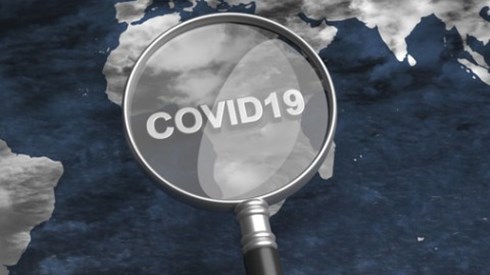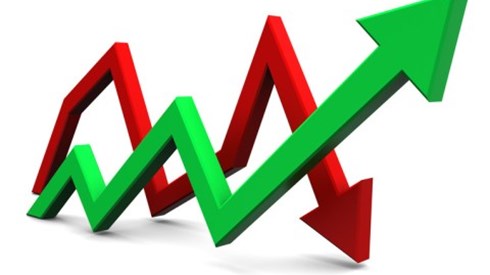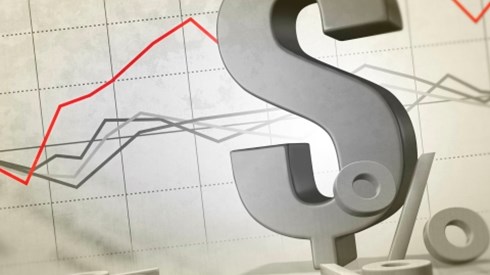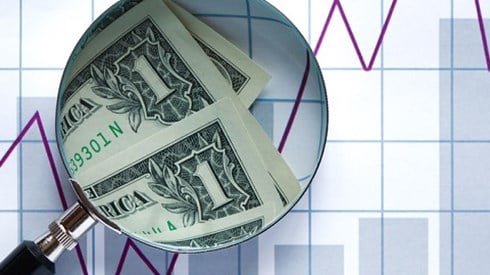For Reinsurance Industry, Stability Comes from Response to Challenges

September 22, 2021

Despite some of the headwinds facing reinsurers, the good news for the industry is that many of those challenges are offset by a variety of positive factors, according to one reinsurance company analyst.
Speaking at an A.M. Best Briefing presented earlier in September titled "Global Reinsurance Market Perspectives," Carlos Wong-Fupuy, senior director at A.M. Best, noted that the rating agency has a stable outlook for the global reinsurance industry. "The reason for this is we see a number of positive and negative factors which are in some way offsetting each other," Mr. Wong-Fupuy said.
Among the most significant headwinds currently confronting reinsurers is claims uncertainty, particularly around such issues as the COVID-19 pandemic, secondary perils, and social inflation, Mr. Wong-Fupuy said.
"The good news in this environment of higher uncertainty is that that has actually driven pressures on better underwriting discipline and improving pricing trends," he said. According to Mr. Wong-Fupuy, with that discipline, several reinsurers have actually improved their financial performance on an underlying basis when the impact of COVID-19 is removed.
"We see new capital entering the market. Fortunately, that discipline is being maintained," he said. "When we think about the long term, that underwriting discipline has to be balanced with the challenges that an evolving economy, evolving risks are imposing on the market. We believe that the sector remains very well positioned."
"I am optimistic about what I see today in the marketplace, and I see that continuing into 2022," said another panelist, Juan Andrade, CEO of Everest Re Group. While the reinsurance industry is a very well-capitalized industry and new entrants are coming in, participants are remaining disciplined and recognize that earning an underwriting profit is critical, he said.
"New capital has come into the industry, but it's not significant enough to move the needle," Mr. Andrade said. "And the reality is, the new players that have come in have remained disciplined.
"I think there's going to continue to be a bit of a tailwind behind us on terms and conditions and pricing that's going to continue into next year," Mr. Andrade said.
Regarding the current level of capital in the reinsurance market, Mr. Wong-Fupuy said that working with Guy Carpenter, A.M. Best estimated about $520 billion in reinsurance capacity at the end of 2020, including both traditional capital and insurance-linked securities capacity.
On the traditional capital side, there has been a significant increase in capital in the last 2 years, from a level of around $340 billion or $345 billion for several years to around $430 billion in traditional capital at the end of 2020, he said.
"At the same time, what we see is it's not just about the total capital, but how it's being deployed," Mr. Wong-Fupuy said. Only about 80 percent to 82 percent of the current level of capital would be needed to keep the global reinsurance industry at a strong level on Best's Capital Adequacy Ratio, or BCAR, he said.
Asked about coverage lines or geographies that her company might find attractive or choose to shy away from, Kathleen Reardon, CEO at Hiscox Re, cited cyber risks.
"Recently, at the Hiscox Group level, we looked at our cyber exposure, we meaningfully cut back from certain industries, certain geographies," Ms. Reardon said. "On the reinsurance side, we managed to restructure our position somewhat and nonrenew the low attaching layers, partially to remove us from the increased frequency of ransomware but also to alleviate some of the premium increases on our clients."
Ms. Reardon also discussed the impact of social inflation on reinsurers.
"We know that the millennial generation, the Gen Z, they have a heightened commitment to social justice and equity, and that's playing out in the higher jury awards to some extent," she said. While acknowledging the inflation impacts of the cost of goods and wage inflation, Ms. Reardon added, "But we need to maintain a balance. If the jury awards continue to get higher and higher, then the insurance costs will go up."
Her company is working with industry partners and trade associations to address social inflation, Ms. Reardon said.
"But there's still inequities that exist," she said. "There's still artificially inflated losses that we need to deal with. If we do find an industry class that we can't overcome that obstacle, then we will avoid that class in our underwriting process."
Mr. Andrade described social inflation as being as real a factor for casualty reinsurers as climate change is for reinsurers writing property catastrophe risks.
"The reality is we are going to have ongoing pressure on social inflation going forward," Mr. Andrade said, though reinsurers can use underwriting tools, policy structures, attachment points, and limits to help address the issue when writing casualty risks, he said.
"I think it all depends on where your company started from and the type of portfolio that you've had and what you've been exposed to in the past," Mr. Andrade said. "For us, we see casualty as an important diversifier to our property CAT book of business," he said. But "you have to be very respectful when you write casualty because of the long-tail nature of these lines.
"You have to be very careful in these lines of business," Mr. Andrade said.
Regarding the risk of climate change and increases in natural catastrophe activity and secondary perils, Mr. Andrade said it's important for reinsurers to look at the science of climate change, to understand catastrophe models, and to look toward innovation in analytics.
"As we look at risk today, it has to be looked at in a much more sophisticated way than we did in the past. We have to understand what is driving the perils," Mr. Andrade said.
"Ultimately, it's how do you bring new data analytic techniques into the modeling and into the pricing and underwriting of risk," he said.
"Ultimately, it's an arms race," Mr. Andrade said, with the reinsurers that are most sophisticated in adapting to the science, looking at the modeling, and taking care of the data having the best chance of assigning the right price to the right risk and being the most successful over time.
"It absolutely has changed the way we look at the business from an underwriting perspective," Mr. Andrade said.
September 22, 2021







